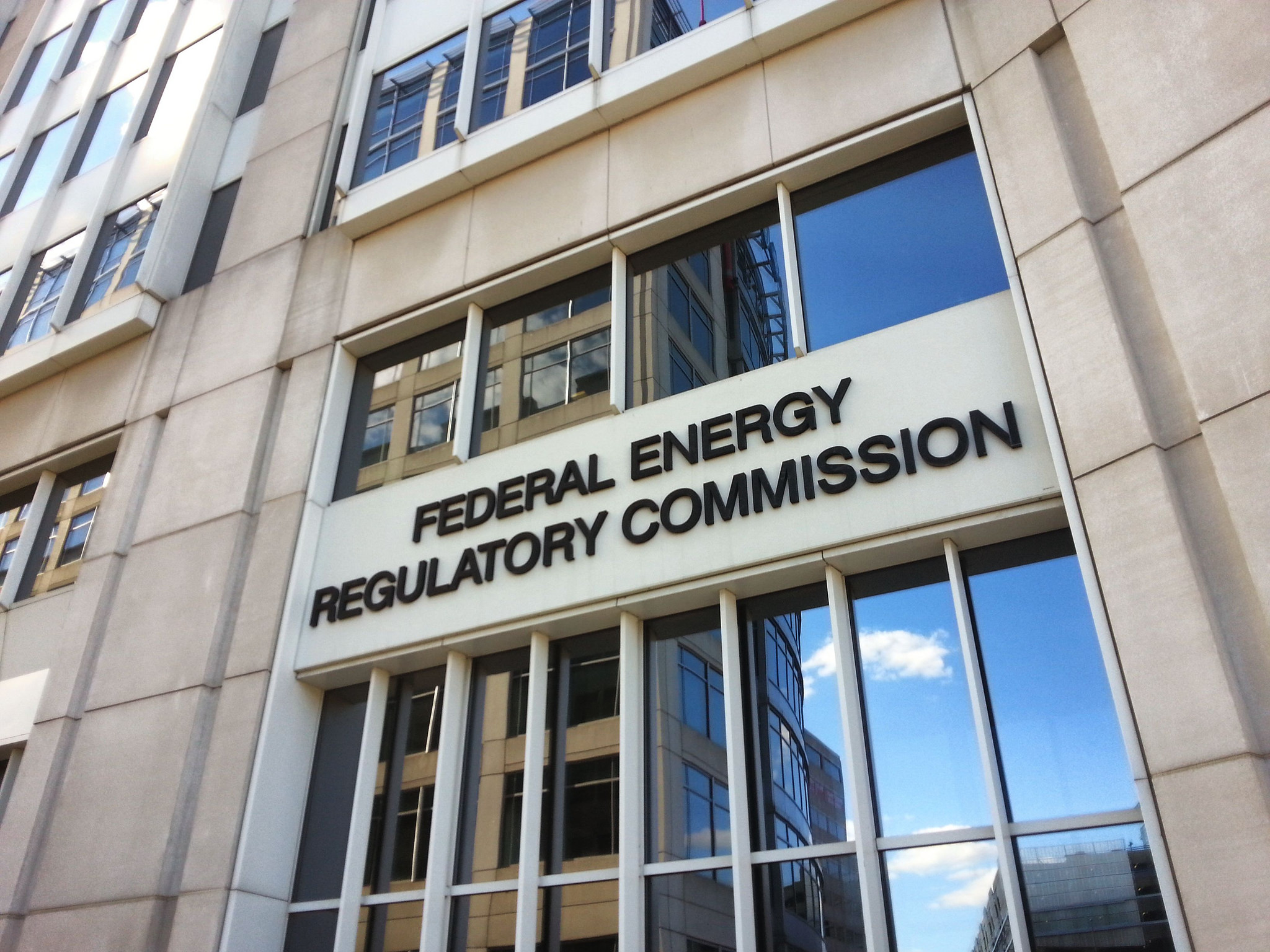A major Alaska Arctic natural gas plan now looks economically dubious — but it just passed a major milestone
A key federal energy regulator released its final environmental review for an Arctic gas pipeline through Alaska. But the project may no longer be economically viable.

Plans for a pipeline carrying natural gas from Alaska’s Arctic to a tidewater port in the southern part of the state have floundered economically, but on March 6 they cleared one important regulatory hurdle.
The Federal Energy Regulatory Commission released its final environmental impact statement on the $43 billion project proposed by the Alaska Gasline Development Corp., a state agency. The proposal is for a pipeline of about 800 miles to take natural gas from Alaska’s North Slope to a liquefaction plant in Cook Inlet, in southcentral Alaska, from where liquefied natural gas would be shipped to Asian markets.
State leaders hailed the release of the final EIS.
“This EIS represents substantial progress in the approval process for Alaska LNG,” AGDC President Frank Richards said in a statement.
“This is a key step forward for Alaska LNG and a significant milestone for the project,” Sen. Lisa Murkowski said in a statement released by the Alaska Congressional delegation.
The economic prospects for the project have dimmed considerably in the past few years.
The AGDC’s most recent plan, created during the administration of former Gov. Bill Walker, envisioned China as the main market for the LNG that the system would deliver. In 2017, the AGDC struck preliminary joint-development agreements with the Chinese government and Chinese companies, with the intention that at least 75 percent of the gas would go to Chinese markets. But those deals expired last year.
Management turbulence has accompanied the loss of the China agreements.
The AGDC staff has shrunk by more than half since the time of the Walker administration, and there have been changes at the top. Dunleavy, shortly after he took office, replaced much of the AGDC board, and that board in January of 2019 fired Keith Meyer, who had been president of the corporation during the Walker administration. Joe Dubler replaced Meyer on an interim basis but announced his retirement in February. At a brief telephone meeting on Feb. 28 meeting, the board unanimously approved the promotion of Richards, AGDC’s vice president, to the top spot.
The state continues to fund the AGDC, but the governor is proposing a sharp reduction, said Jeff Turner, a Dunleavy spokesman. The fiscal 2021 budget submitted to the legislature proposes about $3.4 million in funding to the agency, a reduction of $6.254 million from the current fiscal year, Turner said.
If the pipeline project sponsored by the AGDC is built, FERC concluded in its final EIS, there will be a combination of negative environmental effects and positive economic effects. Most of the negative impacts could be reduced, but others would be significant, the document said.
Among the significant impacts that would be expected are damages to permafrost, which would be disturbed by the placement of granular fill material to support facilities; wetlands and forest habitat, which would be lost or converted by the installation of above-ground facilities, and several wildlife species, the EIS said.
Caribou in the Central Arctic Herd, the herd with a habitat that encompasses existing North Slope oil fields, would likely experience significant negative impacts because of the seasonal timing of construction and other activities, the EIS said.
There are potentially significant impacts to air quality from flaring at the planned gas-treatment and liquefaction facilities, and emissions could cause regional haze and deposition of acid, the EIS said.
Also potentially impacted would be several protected species, including Arctic polar bears and bearded seals, listed as threatened, and endangered beluga whales in Cook Inlet, the site of the proposed LNG tanker shipments, the EIS said.
The pending LNG proposal is just one of several pipeline plans that have been offered since the 1970s. Alaska’s North Slope holds about 35 trillion cubic feet of known natural gas reserves, mostly in the Prudhoe Bay field, and many times that much is believed to exist but has not been discovered. Up to now, the natural gas has been stranded on the North Slope without any means of transport to market. Natural gas that is produced in association with oil is routinely separated and reinjected into reservoirs.
After the collapse of the many previous plans and amid the AGDC problems, a vastly different proposal has emerged for commercializing North Slope natural gas.
A project called Qilak, announced last year, would ship LNG directly from the North Slope, carrying it to markets in icebreaking tankers, in a manner similar to the natural gas facilities on Russia’s Yamal Peninsula, where LNG tanker shipments began in late 2017. (Disclosure: Qilak Chairman and CEO Mead Treadwell sits on ArcticToday’s board.)
The Qilak project would skip the pipeline aspect entirely, except for a short eight-mile line to an offshore liquefaction plant. Sponsors of the project in October announced an agreement with ExxonMobil for the supply of gas at the Point Thomson field.
CORRECTION: An earlier version of this piece mistakenly reported that the AGDC was formed during the administration of Alaska’s previous governor, Bill Walker. In fact, the AGDC was created by the Alaska Legislature in 2010. The existing plans reviewed by FERC for a pipeline and LNG plant emerged during the Walker administration. This piece has been updated to reflect that.